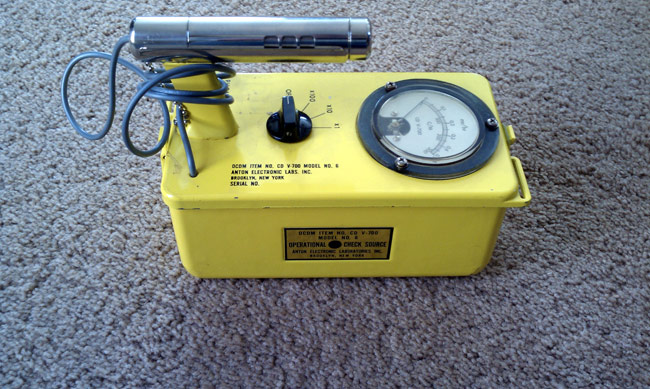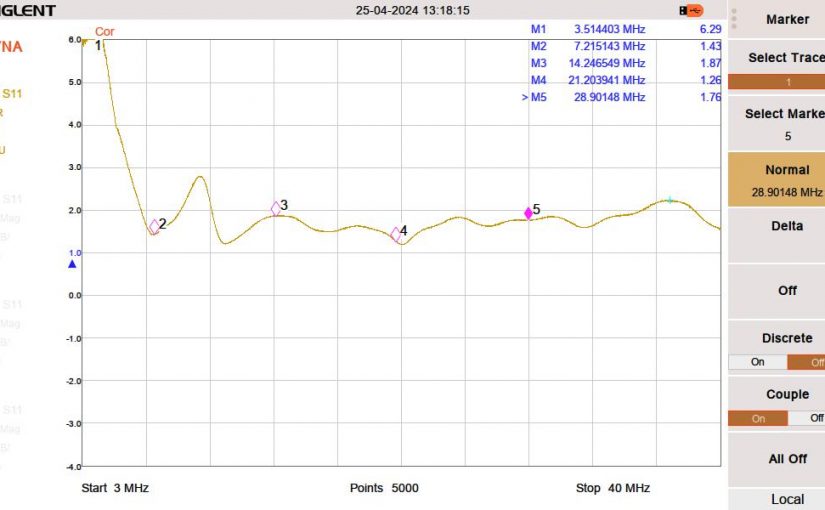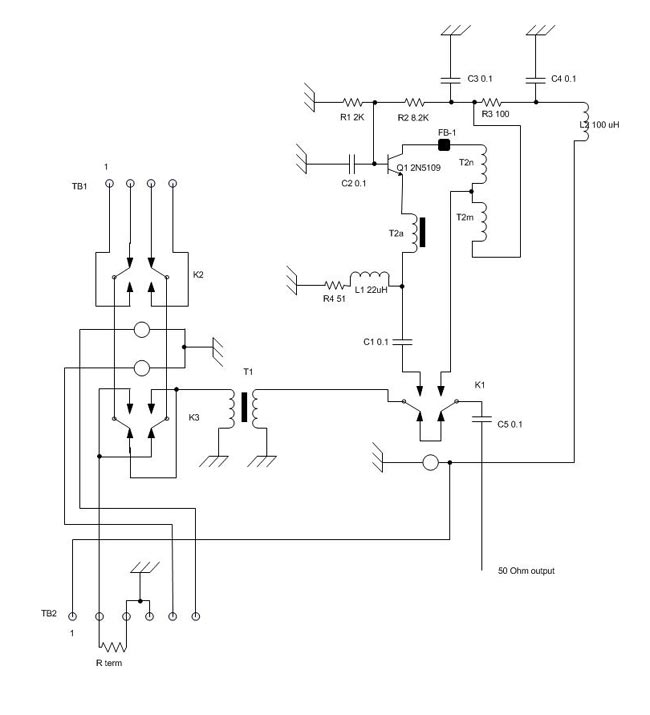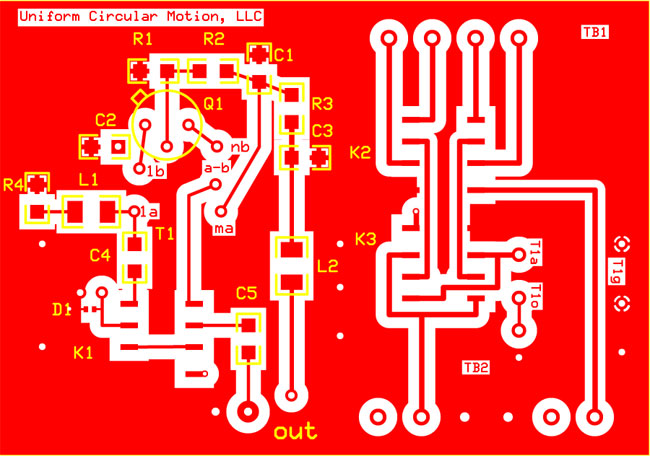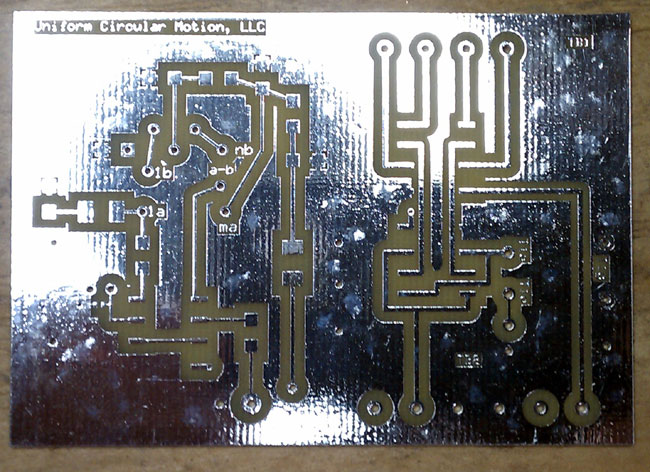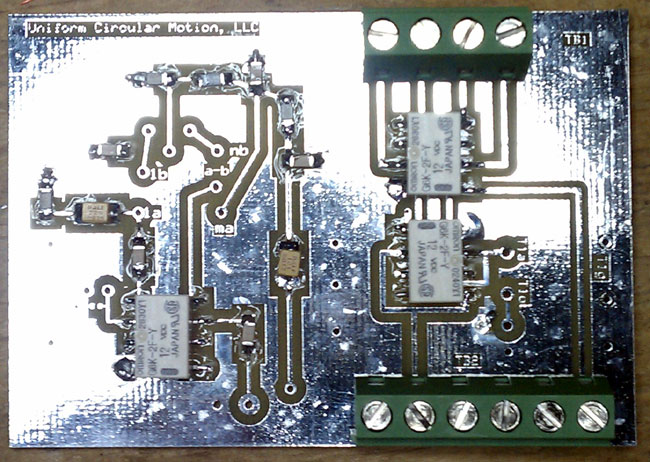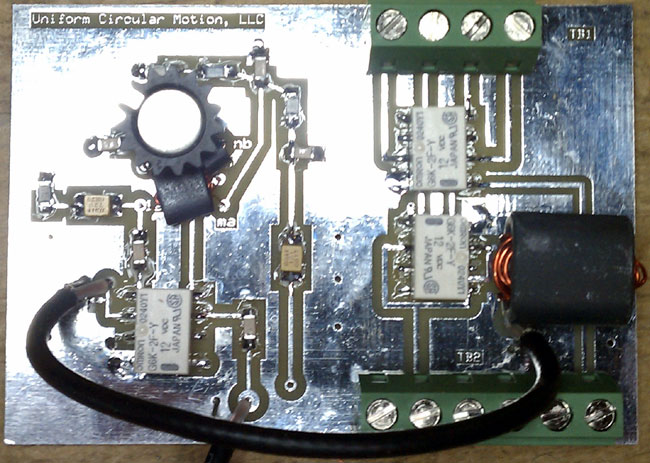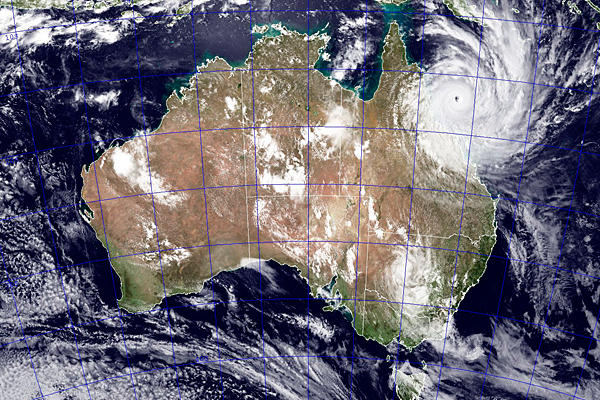In case you haven’t heard, May 21, 2011, will mark the beginning of the end of the world. It is on this date, according to Harold Camping, the rapture will begin. For those not versed in bible lore, this is when God will take all of the saved souls directly to heaven, body, and all. Further research reveals that it will begin at 6 pm local time, in every time zone.
I’d imagine you can listen for updates on Family Radio stations or shortwave if there aren’t any local stations to listen to. Those on the west coast may want to tune into the shortwave broadcast (transmitters are in Okeechobee, Florida) for a preview of coming events. You can try:
- 5950 KHz 22:00 through 0100 UT (6 pm through 11 pm EDT)
- 11470 KHz 22:00 through 23:45 UT
- 15440 KHz 22:00 through 23:59 UT
The full shortwave schedule is available here. I am setting my clock so I can tune in and see what happens because I am curious; dead air? Does the station sign off? I really want to know how a station plans for the end of the world. Hopefully, it will be marked by some program, announcement, or something special. Operations as usual would be very boring, as most Family Radio programming is mundane and predictable.
Frankly, Camping has made these predictions before, the last was September 6, 1994, when the faithful gathered in the Alameda’s Veterans Memorial Building, bibles open, hands outstretched, awaiting the moment. After a while, it became clear that something was amiss and everyone went home, wondering what went wrong. There have been many religious-based predictions for the world ending: 1806; October 1844; December 21, 1956; November 1982; January 1, 2000: etc. The Jehovah’s Witnesses alone have predicted the end coming in 1914, 1915, 1918, 1920, 1925, 1941, 1975, and 1994.
It’s either a really good radio stunt, which would go down as one of the greats of all time or they actually believe it’s the end of the world. In the case of the latter, does this mean they will be selling their radio stations? There are several around here that I’d be interested in getting my hands on. I’d even give a fair price, considering the circumstances and all.
Update: How do radio stations prepare for the end of the world? T -40 minutes and the answer appears to be play canned programming, or in other words, business as usual.

